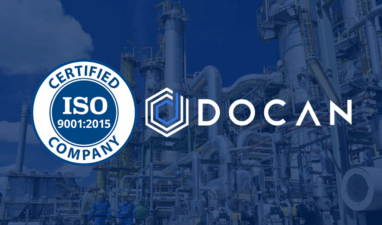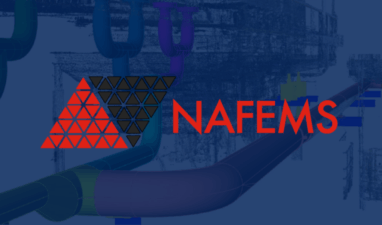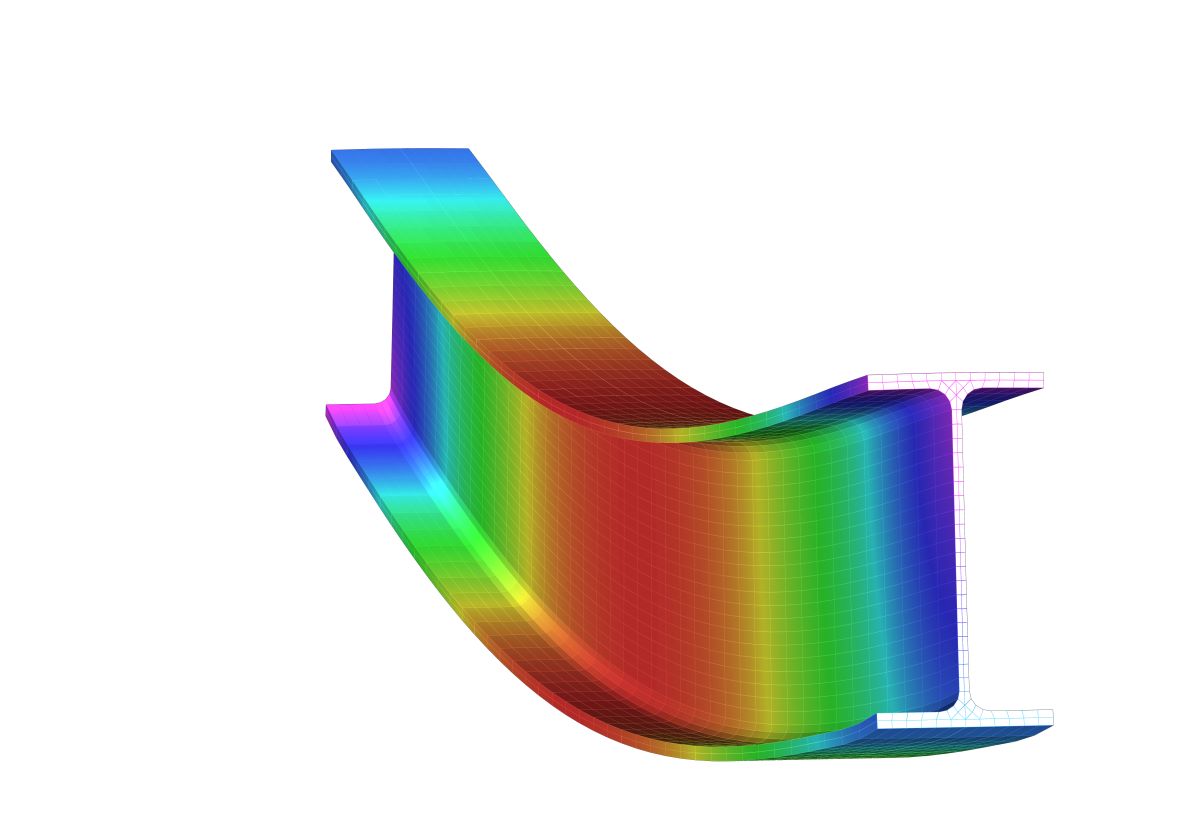
Explicit vs implicit FEA: What’s the difference?
Learn the key differences between explicit and implicit FEA, and the areas in which both can be applied.
Finite element analysis (FEA) is a fundamental engineering method used to solve structural mechanics problems, where the issue proves to be too complex for manual calculations.
In a recent post, we covered the basics of ‘what is fea?’ and how it’s used, but here we will be exploring the topic further, and discussing the two types of solution methods used in FEA: implicit and explicit.
These methods relate to how we formulate the system of equations which are to be solved, and the methods by which we solve them. There are pros and cons to each method and it’s important to know the difference when we are considering which system is most appropriate for our application.
In this article, we will cover:
- Implicit FEA
- Explicit FEA
- The difference between implicit and explicit FEA
- Should you use implicit or explicit FEA?
This blog aims to educate the general reader on the difference between implicit and explicit FEA, but if you’re looking for more practical help, get in touch with DOCAN. We have extensive experience in solving engineering challenges through both methods of FEA, and offer in-depth consultancy services for all industries.
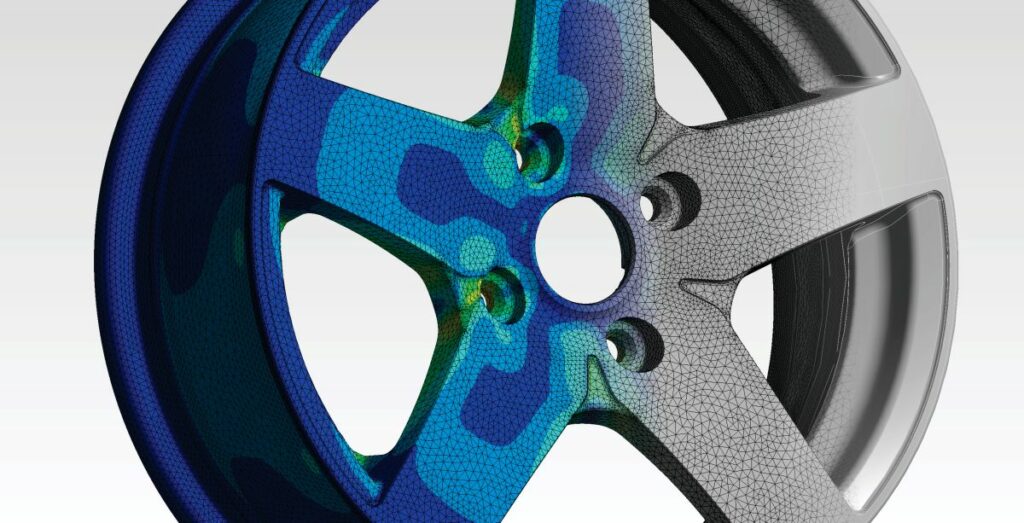
Implicit FEA
Implicit FEA can be used to model linear, non-linear, static, and transient (i.e., time-dependent) systems. The basic principle is we form a system of equations which represents the stiffness of our system (referred to as the ‘stiffness matrix’) which we then solve to calculate displacements given a certain force input.
When problems are nonlinear (in material, geometry or contact), the analysis involves a series of trial solutions (iterations) which aim to establish static equilibrium within a certain tolerance of loading or displacement. Each step requires an iteration, and the solution for the current step is based upon the result from the previous step, and so on.
When it comes to large models or those with significant nonlinearity, matrix inversion can be time-consuming, expensive and even impossible. In these cases, more advanced iterative solvers must be used in an attempt to find a solution.
Typically, implicit FEA is best used for problems with slow loading, defined boundaries and manageable nonlinearity. Anything beyond this or those with significant complexity, then an explicit method may be more effective.
Explicit FEA
Explicit analysis solves directly for acceleration in problems that have dynamic, time-dependent effects. Explicit FEA is typically used for very high speed events such as crash & impacts simulations, or very nonlinear problems which can’t be solved using implicit methods.
Explicit FEA doesn’t require iterations because it directly calculates nodal accelerations. The method uses diagonal mass matrices by taking the kinematic conditions from one small time increment and using them to calculate the conditions at the next increment. The node accelerations are solely determined by their mass and the force applied to them.
This means that the variables at the end of the increment (displacements, velocities and accelerations) are based upon those recorded at the start of the increment.

The difference between implicit and explicit FEA
The overarching methodology is the same in that both processes calculate the state of the model at various points in time, to calculate the new state. However, explicit analysis can calculate the new state based directly on the current state, whereas the implicit process cannot and therefore requires a system of equations and nonlinear solution algorithms to find a solution.
Implicit FEA requires that equilibrium can be achieved, before proceeding to the next incremental time step. Due to the method of formulation, explicit FEA is not subject to this requirement and is inherently more stable, although this does not always mean the solution results are correct.
Implicit FEA can be used for most common engineering problems but requires a considerable amount of computation and accurate calculations to devise a solution. Explicit FEA can generate faster solutions to the most complex problems but typically requires expert software and skills to implement successfully.
Should you use implicit or explicit FEA?
Choosing between implicit or explicit FEA all comes down to whether the problem is considered dynamic or static.
There are lots of considerations for which approach we take, as well as considering the availability of both options to us – typically explicit FEA software is much more expensive than its implicit counterpart and may require the use of an appropriately skilled sub-contractor, such as DOCAN, to carry out this work on your behalf.
As a general rule of thumb, implicit analysis is more suited to static or slow dynamic problems with low strain rates, and explicit is more beneficial for fast, and/or extremely nonlinear dynamic problems.
Implicit FEA is typically used when:
- We are considering quasi-static, or relatively slow speed transient events.
- Our system is inherently stable and well restrained.
- We do not need to consider high speed phenomena, such as shock-loading or stress wave propagation through the system.
Some examples include: constant pressure loading, static forces, slowly applied displacements.
Explicit FEA is typically used when:
- Our system exhibits very high speed loading events, such as impacts or ballistic strikes.
- There is a high degree of nonlinearity or the system is subject to free body motion
- We wish to understand the development of stress waves and shock loads and how loads are transmitted through the system.
Some examples include: high impact crashes and ballistic events.
However, issues can arise when a problem doesn’t fit into one of the two categories – for example, a slow and extremely nonlinear challenge. In these cases, it may be recommended to start with an implicit approach, which can later be replaced by an explicit method if needed.
If you’re new to FEA, hopefully this blog has given you some insight into the difference between implicit and explicit methods. If you’re looking for experienced finite element analysis consultants or you need further assistance with your project, DOCAN can help.
As an engineering consultancy, DOCAN have unrivalled experience in helping clients to solve some of the most complex engineering problems using FEA and world-class software solutions. To see if we can help with your project, get in touch with us.
